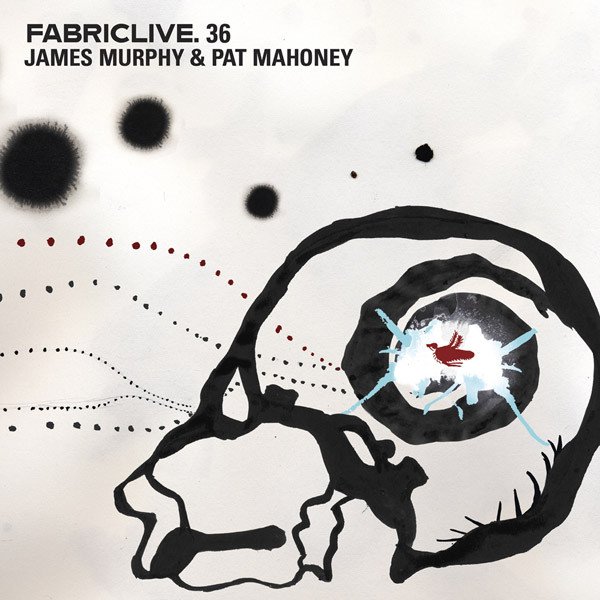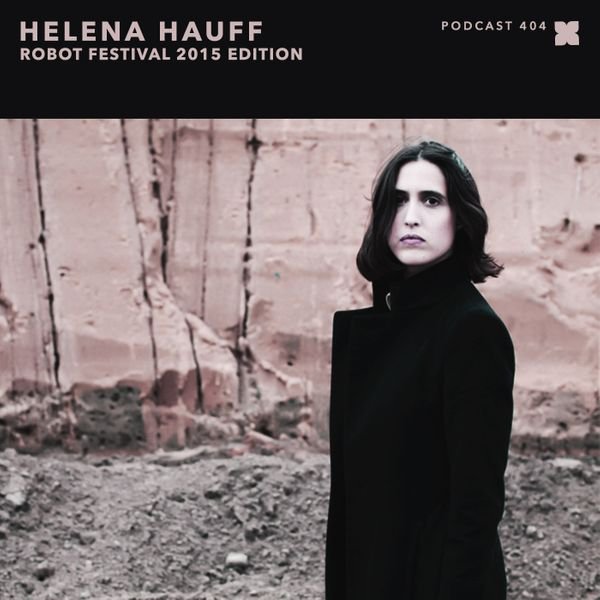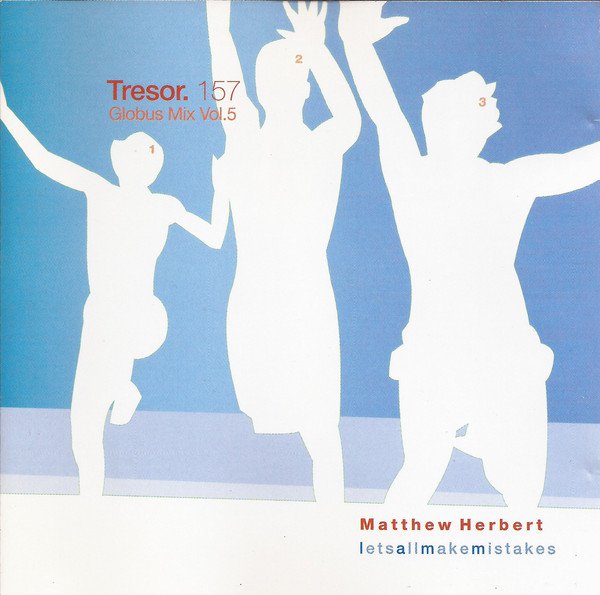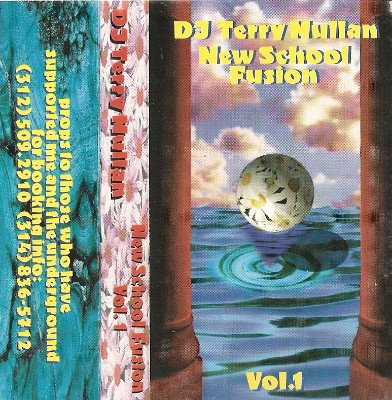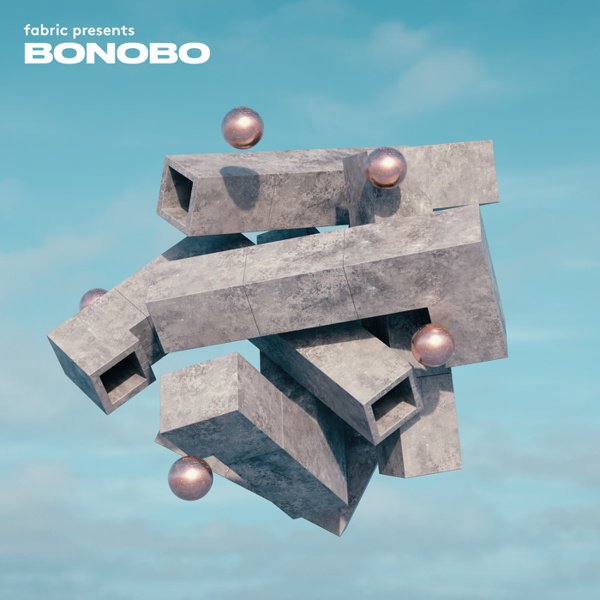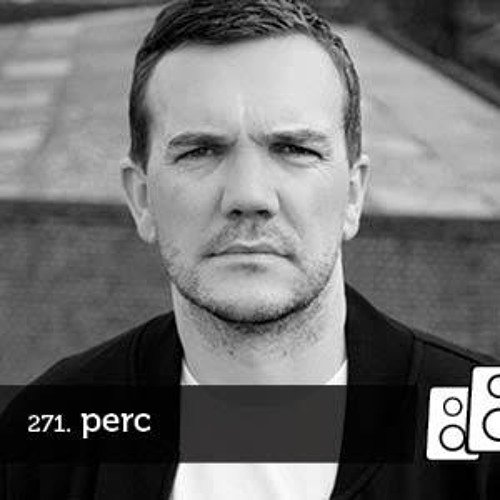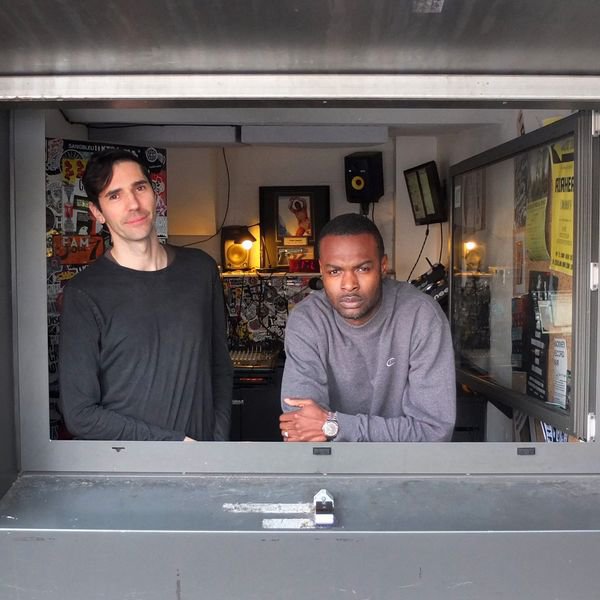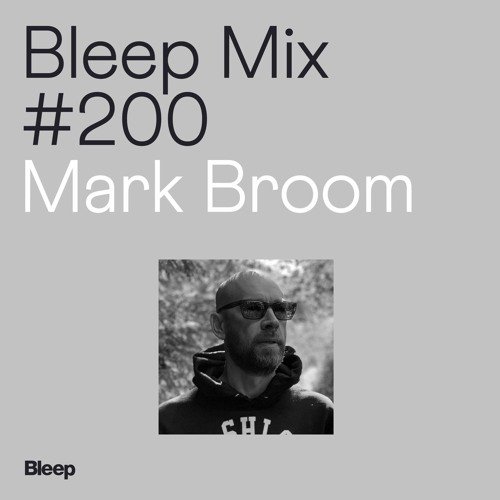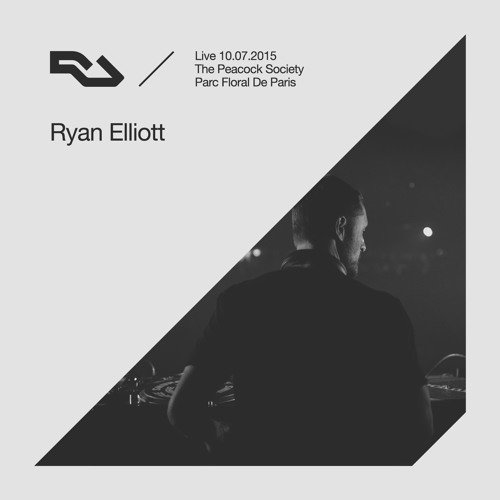Montreal Mix Sessions Vol. 5: Mixed Emotions
A rave true-believer from the early ’90s, when he began trekking regularly from his hometown of Montreal down to New York City for the Future Shock parties at Limelight, Tiga James Sontag’s dance career had run the gamut—he’d written for a local zine (Trance 5000), ran a record shop and nightclub, and had started a label, Turbo Recordings. But as the decade progressed, he felt in a rut. “’98 to 2000 were probably the barren years of my career,” says Tiga. “I was doing well at home. I was still working a lot; I was doing all right. But I was quite bored with the music I was playing. I wasn’t particularly inspired or inspiring.”
Tiga’s first mix CD, 1998’s Live: Montreal Mix Sessions, was a techno showpiece featuring a number of established classics (Black Stobe’s “Paris Acid City,” Plastikman’s “Spastik,” Ron Trent’s “Altered States”). But on its sequel, 2000’s two-CD Montreal Mix Sessions Vol. 5: Mixed Emotions, he tried a new gambit. For disc one, he says, “I played it safe and went with techno, which people knew and expected of me. And the [second] CD I decided, ‘I’m going to play all the records that I really love’: Records like ‘Space Invaders [Are Smoking Grass]’ by Erobique, I-f, some of the early [International Deejay] Gigolos stuff, early Disko B stuff. To me that was a revelation. For me, that was ground zero of the whole electro thing.”
The 22-track “Bonus Electro Funk CD” of Mixed Emotions wasn’t the first time the new electro sound had been exposed to a wide audience: In 1999, Danny Tenaglia had included Miss Kittin & the Hacker’s “Frank Sinatra” on his Global Underground 010: Athens mix, and “Space Invaders” had been a club hit prior to that. But it was an important step nonetheless. “It was purely a question of the records I had found,” says Tiga. “Had I found those records a year earlier I would have done it a year earlier. You get one record that you’re excited by, then two, and then three, and then you have a set, and all of the sudden: ‘Oh, a new style!’ And if enough people like it, it becomes a movement.”
He adds: “I won’t say I was way ahead of the curve because there were people in Holland and in Detroit that were doing it. The electro side has a long history. It was a lot of B-sides, a lot of records that were like, ‘Wow, I wish I was at a party where I could play this.’ At the time I thought it was too leftfield. I didn’t have the confidence to play it out. And obviously a few months later, it was like ‘Oh yeah, this is what I’m gonna play now.’”



